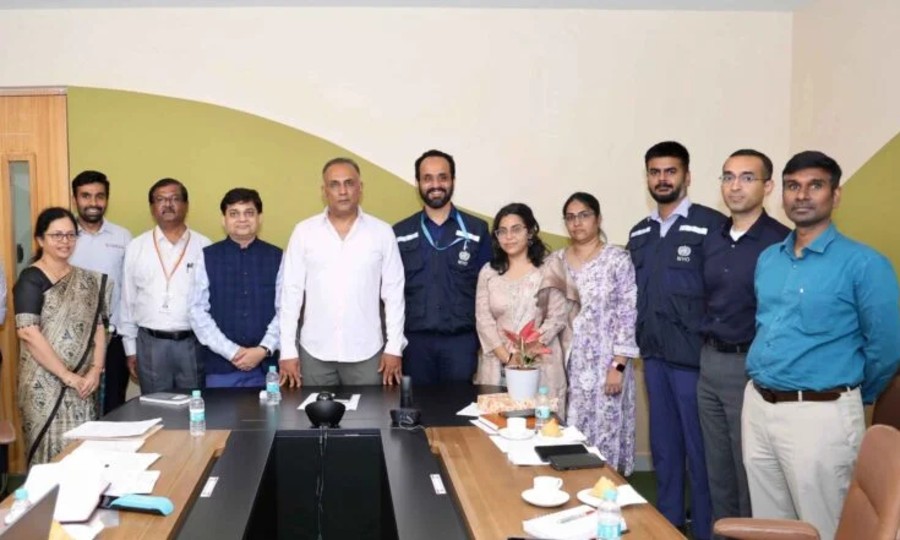In support of the World Health Organization’s (WHO) global SPECS 2030 target to increase effective refractive error coverage by 40% by 2030, the OneSight EssilorLuxottica Foundation, one of the largest foundations in the world devoted to expanding inclusive access to vision care, has partnered with the WHO to expedite the delivery of vision services in NITI Aayog’s aspirational blocks.
Through the agreement, Karnataka’s successful ASHA Kirana programme—an integrated approach that integrates eye health treatments into primary healthcare systems—will be documented, modified, and scaled. This strategy, which was created by the Karnataka government with the OneSight EssilorLuxottica Foundation as a technical partner, has demonstrated efficacy in ensuring universal coverage, even in remote and challenging-to-reach locations. The OneSight EssilorLuxottica Foundation served as a technical partner, helping to create the door-to-door screening procedure, train ASHA (community health) staff, guarantee the price and quality of the glasses supplied, and pilot two vision centres in government hospitals.
In order to serve the 63 million residents of the state, Karnataka earlier this year pledged to expand the program nationwide by training 40,000 ASHA employees and establishing 393 new vision centres in government health facilities. ASHA Kirana is currently leading integrated vision care in other Indian states after being acknowledged as a national reference model by the WHO and the National Programme for Control of Blindness and Visual Impairment (NPCBVI).
“Karnataka’s ASHA Kirana programme is proof that comprehensive eye care can be delivered at scale when you have the right partnerships in place,” stated Anurag Hans, Head of Mission at EssilorLuxottica and President of the OneSight EssilorLuxottica Foundation, in reference to this collaboration. We now know that extensive technological cooperation with government systems is necessary for long-term impact. We are now prepared to apply these lessons across the country, working state by state to create long-term capacity that will benefit these communities for many years to come.
“This partnership demonstrates how locally-led innovations can advance global health priorities,” said Dr Roderico Ofrin, WHO Representative to India. This initiative aims to improve access and equity in eye health by bolstering primary eye care and community-based delivery in India’s aspirational blocks. The knowledge gained from this partnership will help countries expedite their transition to integrated, people-centred eye care in a sustainable and appropriate manner by informing and enhancing initiatives like SPECS 2030 in various global contexts.
Vision impairment significantly restricts access to school, healthcare, and employment prospects, making it difficult for populations in aspirational blocks to fully participate in social and economic life. By incorporating eye health services into the primary healthcare systems that are currently in place, the alliance strengthens the health infrastructure and increases opportunity for the most marginalised groups in India.
Pilots will be conducted in five aspirational blocks chosen by NITI Aayog, where the ASHA Kirana model will be modified to meet the needs of the community and local health systems. The evidence, instruments, and policy recommendations required for scale-up in additional states with a high burden of uncorrected refractive errors will be produced by these pilots.
The alliance will improve the current health infrastructure, increase long-term capacity, and broaden possibilities for marginalised people by integrating eye health into India’s primary healthcare system. By doing this, it immediately helps India’s broader goal of universal health care and the WHO’s SPECS 2030 target on effective refractive error coverage.















Comments are closed